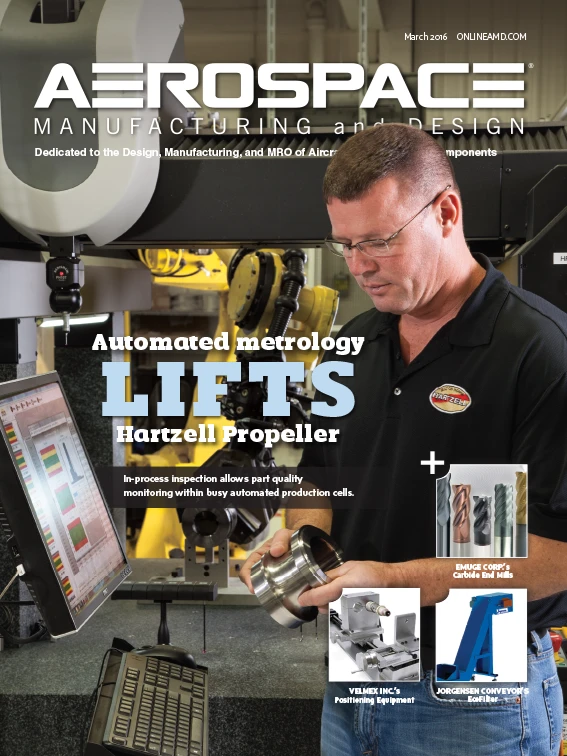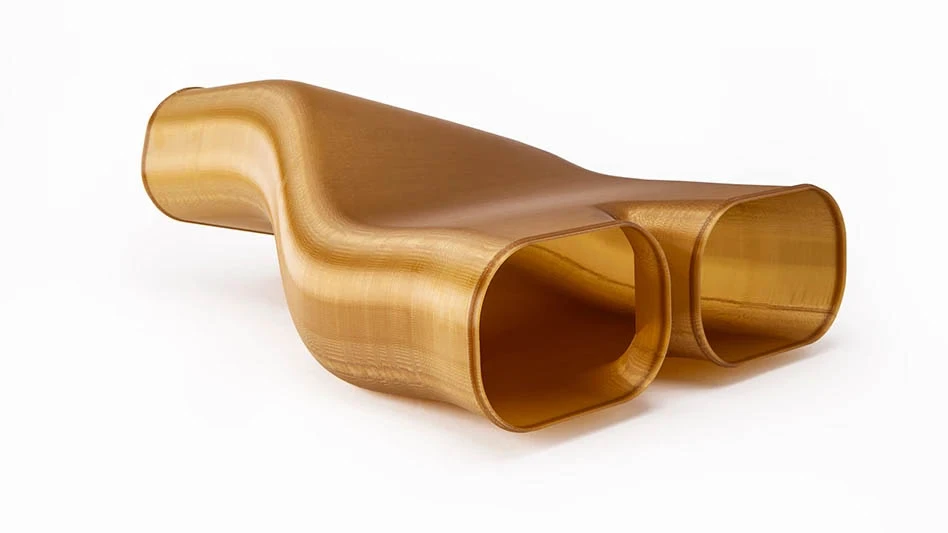
What would the world do without titanium? Strong yet light, titanium resists corrosion by seawater, making it a logical choice for marine applications and desalination plants. It’s biocompatible, so it can be used in the human body, especially for load-bearing implants such as hip and knee joints. Titanium makes bicycles faster and athletes safer, and helps rockets reach space. Without titanium, the White House wouldn’t be white, cutting tools would fail sooner, and sunbathers would be more prone to sunburn.
There’s a lot of it around, but unfortunately, it’s hard to get at. Like its lightweight cousin aluminum, titanium is never found on its own in nature; it exists only in compound form with other elements and requires serious effort to extract into a usable product.
Titanium’s history

Discovered in 1791 by English clergyman and amateur geologist Rev. William Gregor, it was originally named manaccanite for the nearby village of Manaccan in Cornwall, England. While exploring a stream there, Gregor found a black, metallic sand that at first appeared to be gunpowder. He took some back to his laboratory, mixed it with sulfuric acid and other elements, and determined he’d discovered a new type of metal.
Four years later, German scientist Martin Heinrich Klaproth made a similar discovery, only this time the metal was found in the mineral red schorl, also known as rutile. Klaproth dubbed his finding titanium after Titans, the gods of ancient Greece once thought to be children of the Earth. Upon learning that Gregor had beaten him, Klaproth was forced to concede bragging rights of the discovery to his English contemporary, but Gregor lost the naming battle for the new metal.
Titanium would remain little more than a scientific novelty until 1910, when Matthew Hunter, a metallurgist at General Electric (GE), produced the first chemically pure (99.9%) titanium by heating titanium chloride (TiCl4) with sodium in a pressurized vessel. Not until 1932, however, was large-scale titanium production possible, after German scientist Wilhelm Kroll began combining TiCl4 with calcium. During the next six years he produced 20kg (44 lb) of ductile titanium using this method, further refining his process by substituting magnesium for calcium.
At the start of World War II, Kroll fled Germany for the United States, changed his first name to William, took a consulting position with Union Carbide, and continued his metallurgy research. He later served in the same capacity with the U.S. Bureau of Mines, and today Kroll is considered the father of modern titanium production.

Squeezing sponges
The minerals from which titanium is extracted – primarily rutile and ilmenite – are found all around the world but often come from beach sands and open pit mines in Australia, Canada, and South Africa. After refinement, these ores are processed in large, argon-filled stainless steel vessels, where tremendous amounts of energy are applied spanning several days, eventually forming what is known as titanium sponge. Once cooled, sofa-sized hunks of titanium sponge must be beaten apart and crushed into gravel-like granules. These are then compacted under high pressure into round ingots, which are vacuum heated to higher than 2,010°F (1,100°C), and gradually hammered and rolled into billets, sheets, and bars.
There’s far more to the science of titanium, and despite Kroll’s early success, the process has seen continuous improvement. For example, problems with chloride and magnesium contamination have been solved through vacuum distillation, eliminating the tendency of titanium sponge to explode when pulverized. And new technologies such as the Materials and Electrochemical Research (MER) Corp. and Farthing-Fray-Chen (FFC) Cambridge processes promise to make titanium less costly to produce. For the time being, however, titanium remains one of the most difficult and expensive metals to manufacture.
Roughly 95% of all titanium ore is not used for aircraft components and hip joints, but is refined into titanium dioxide (TiO2), a colorant used for window tinting, house paint, toothpaste, copy paper, and many other consumer items. What’s left is converted into commercially pure titanium, or alloyed with other elements including molybdenum, aluminum, copper, and tin.
There are dozens of titanium grades and alloys. The most common of these is Ti-6Al-4V, or Grade 5 titanium, which contains 6% aluminum and 4% vanadium. It is recommended for service temperatures up to approximately 350°C (660°F), and has an ultimate tensile strength of 950MPa (138,000psi), three times that of 6061-T6 aluminum and half again as strong as 316 stainless steel. Ti-6Al-4V accounts for 50% of all titanium usage globally.

Commercially pure (CP) titanium is available in Grades 1 through 4. All have excellent corrosion resistance and good weldability, so are often used for airframe and marine components, tubing and pressure vessels in chemical processing plants, and heat transfer equipment. Beta-phase titanium grades have relatively high amounts of vanadium, zirconium (another metal for which we can thank Kroll), chromium, and molybdenum. Although not quite as heat resistant as Ti-6Al-4V, beta titanium is roughly 30% stronger, and is used in aircraft springs, sour gas and other petrochemical applications, and race car engine components. Gamma titanium aluminide, an alloy of aluminum and titanium, shows promise as a replacement for some nickel-based alloys in jet engines and similar high-temperature aerospace uses.
Dreaming of strength
With the continuing emphasis on lightweight, fuel-efficient aircraft and automobiles, titanium will continue to grow in popularity. One indication of this is the Boeing 787 Dreamliner, which contains more than 100 tons of titanium per aircraft, nearly 17% of its total weight. Titanium will also receive a boost due to advances in direct metal laser sintering (DMLS), an additive process that uses a laser and precision optics to fuse thin layers of metal powder – including titanium – to build virtually any part geometry. GE and other aircraft engine builders are using technologies such as this to produce fuel nozzles and other components, and the medical industry is using it for surgical instruments and patient-specific implants.
Titanium remains king of the strong and lightweight. Unfortunately, it’s not the easiest material to machine and fabricate. Tool failure with titanium is often abrupt and sooner than expected. Precaution against tool pullout during heavy cutting must be taken, and toolpaths must be generated precisely if part quality and predictable processes are to be achieved.
Sandvik Coromant
About the author: Michael Standridge is an aerospace industry specialist with Sandvik Coromant and can be reached at 800.Sandvik or us.coromant@sandvik.com.

Explore the March 2016 Issue
Check out more from this issue and find your next story to read.
Latest from Aerospace Manufacturing and Design
- July is for learning – so drop in for this month’s second Manufacturing Lunch + Learn
- Essential strategies to protect your data
- NASA selects instruments for Artemis lunar terrain vehicle
- Twin-cutter boring head
- Bell awarded funding for X-plane build phase of SPRINT program
- Shaft coupling clamps
- #46 Lunch + Learn Podcast with SMW Autoblok
- Gleason Corp. acquires the Intra Group of Companies





